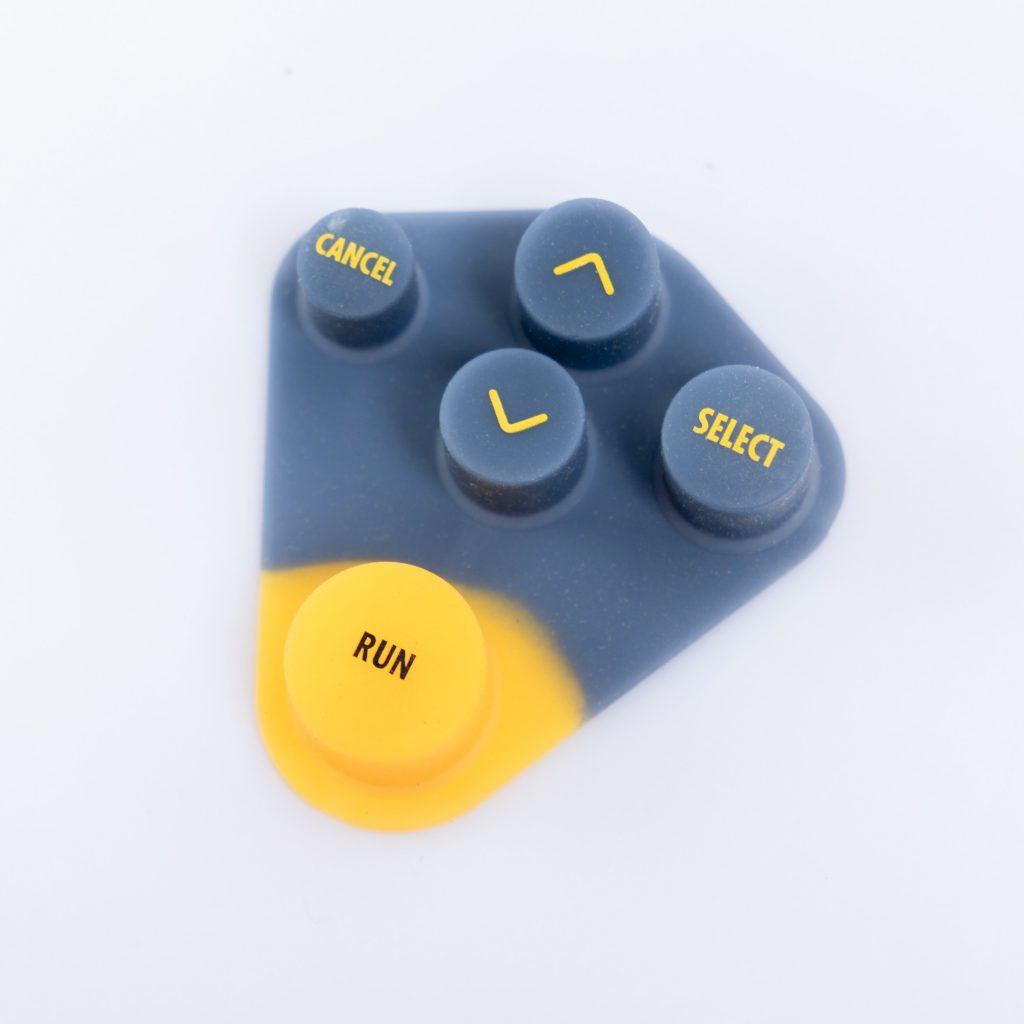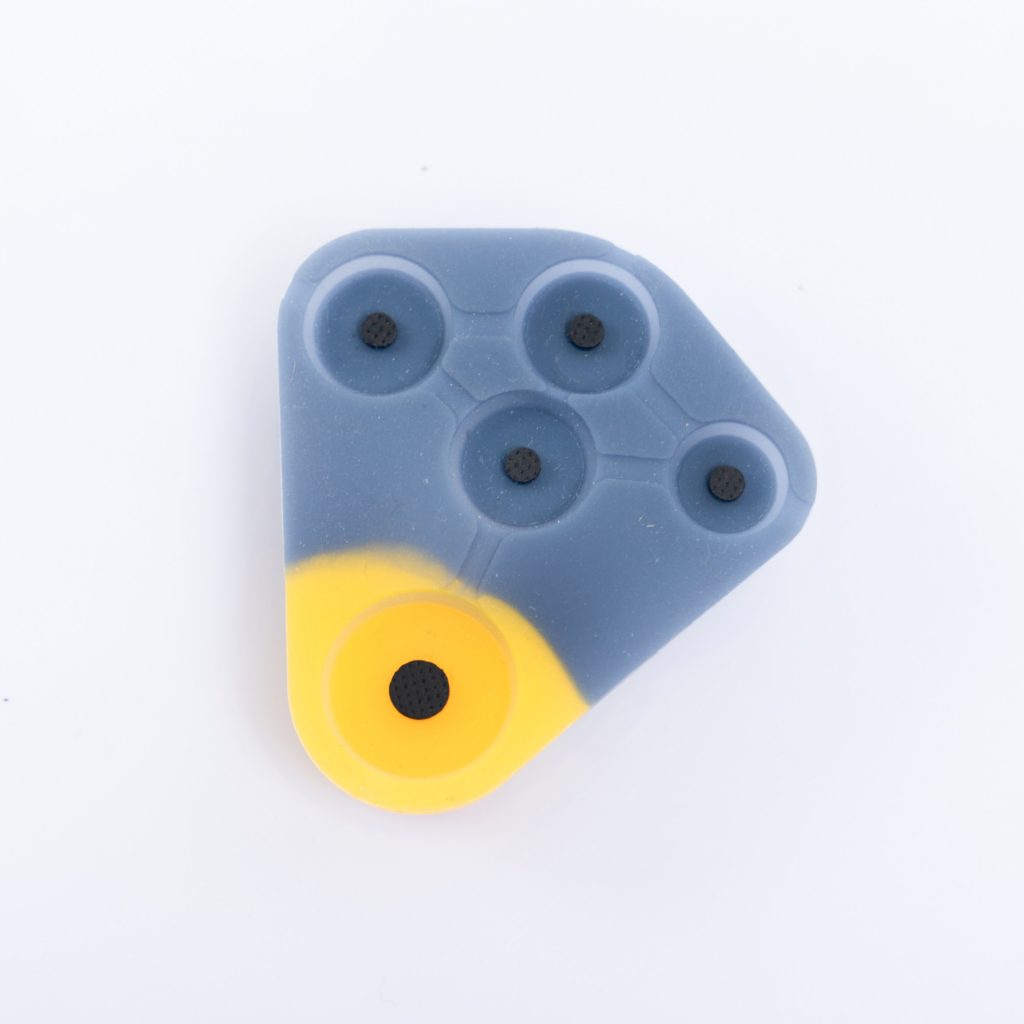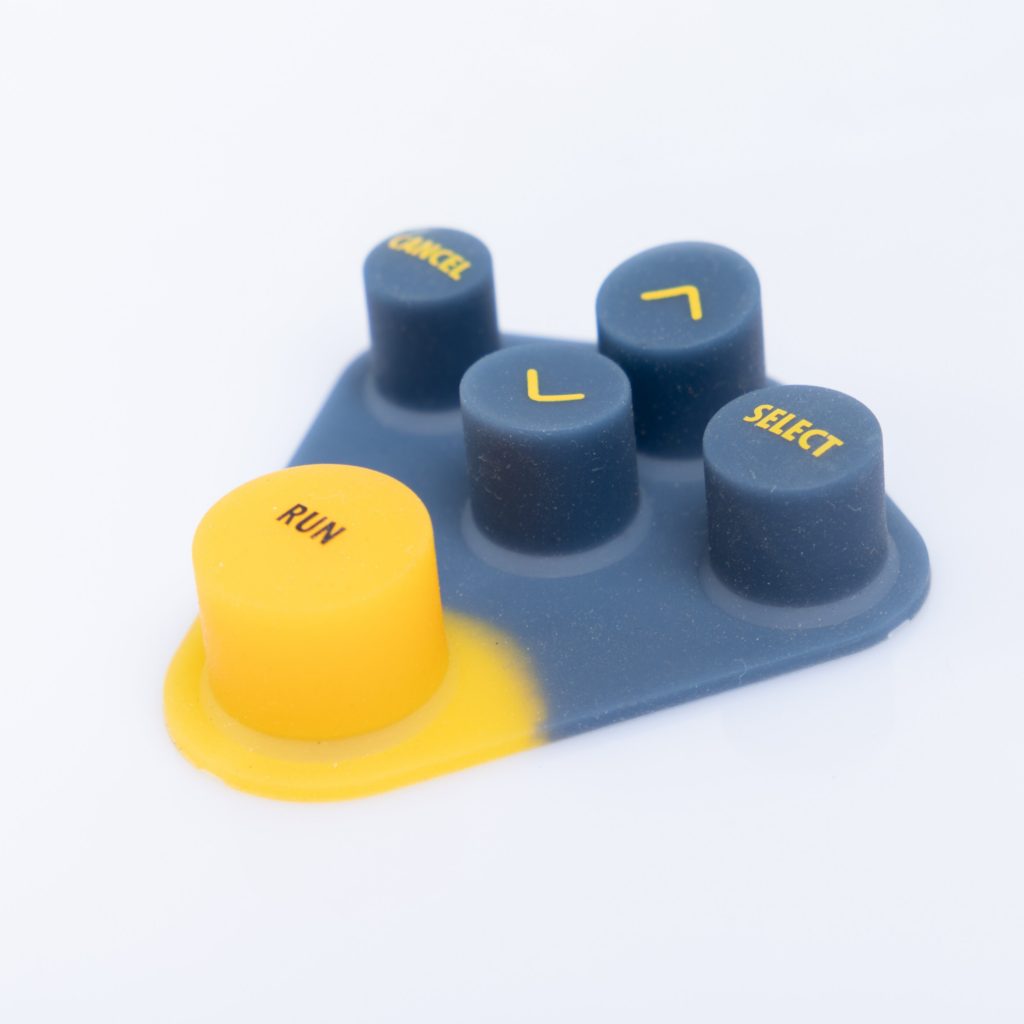Contact
Write to Us And We Would Be Happy to Advise You.
Do you have any questions, or would you like to speak directly with a representative?
By hqt
If you’ve ever encountered a broken rubber keypad or panel, you know how frustrating it can be. Whether it’s on your TV remote, calculator, or any other device, a malfunctioning keypad can hinder your ability to operate the device efficiently. However, repairing a broken rubber keypad or panel is not as daunting as it may seem. In this article, we will guide you through the process of repairing a broken rubber keypad or panel, providing you with step-by-step instructions and tips to get your device up and running smoothly again.



When faced with a broken rubber keypad or panel, it’s essential to approach the repair process systematically. Here’s a step-by-step guide to help you fix the issue:
Q: How do I know if the rubber keypad is the problem?
A: If the device fails to respond when you press the keys or if some keys register incorrect inputs, it’s likely that the rubber keypad is the culprit. Cleaning the keypad and checking for loose connections are good initial steps to address this issue.
Q: Can I use household items to clean the rubber keypad?
A: While it’s best to use isopropyl alcohol and a soft cloth or cotton swab to clean the keypad, you can also try using a mild soap solution or a mixture of water and vinegar. However, ensure that you dry the keypad thoroughly before reassembling it to prevent any damage.
Q: Can I repair the rubber keys with regular adhesive?
A: Regular adhesive might not provide the flexibility and durability needed for rubber key repairs. It’s recommended to use a specialized rubber adhesive specifically designed for bonding rubber surfaces.
Q: Where can I find replacement rubber keypads?
A: You can find replacement rubber keypads for various devices online. Websites like Amazon and eBay offer a wide range of options. Alternatively, you can contact the device’s manufacturer for specific replacement parts.
Q: What if the rubber keypad is irreparable?
A: If the rubber keypad is beyond repair or if you’re unable to find a suitable replacement, consider using an external keyboard or seeking professional assistance from a certified technician.
Q: How can I prevent future rubber keypad issues?
A: To prevent future problems, handle your devices with care, avoid exposing them to moisture or extreme temperatures, and regularly clean the rubber keypad to remove dirt and debris.
Repairing a broken rubber keypad or panel doesn’t have to be a daunting task. By following the step-by-step guide provided in this article, you can confidently troubleshoot and fix common issues with rubber keypads. Remember to assess the damage, clean the keypad, check for loose connections, repair or replace damaged keys, reassemble the keypad, and thoroughly test your repair work. With a little patience and attention to detail, you’ll have your device’s rubber keypad or panel functioning like new again.
Do you have any questions, or would you like to speak directly with a representative?